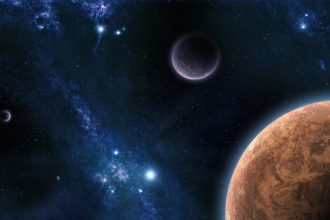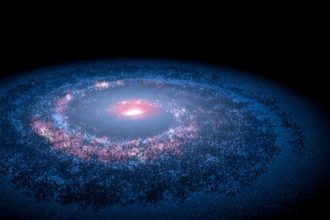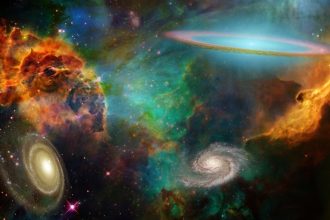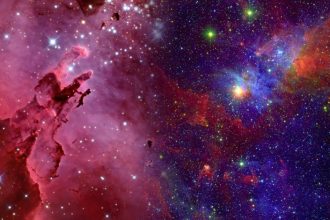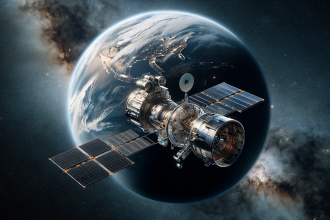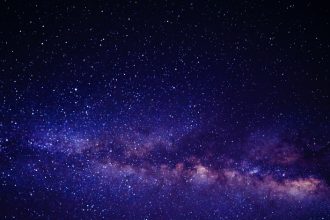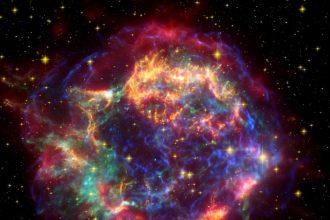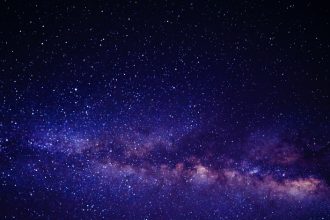Primordial Black Holes Unlikely to Harm Humans, Study Finds
Primordial black holes must exceed 1.4 x10¹⁴ kg to be deadly. Tidal forces from small black holes cause limited, localized…
Rethinking the Search for Extraterrestrial Life Beyond the Habitable Zone
Scientists are expanding beyond the traditional Habitable Zone to find life. Hycean worlds and icy moons are now considered potential…
NASA Plans 6-Meter Habitable Worlds Observatory for Exoplanet Search
NASA develops HWO with a 6-8 meter unfolding mirror. HWO aims to image 25 Earth-like exoplanets for biosignatures. Challenges include…
New ESO Image Reveals Hidden Stars in RCW 38
ESO's VISTA telescope captures detailed infrared image of RCW 38. Infrared technology reveals young stars obscured by cosmic dust. Upcoming…
Single Giant Planets May Create ‘Oumuamua-like Objects
Single giant planet systems may produce 'Oumuamua-like objects. Numerical simulations highlight specific orbital mechanics. Further research is needed to confirm…
NASA Integrates Sunshade for Roman Space Telescope Ahead of 2027 Launch
NASA integrates sunshade for Roman Telescope's 2027 launch. Sunshade ensures temperature stability and light protection. Roman aims to survey galaxies…
Gemini South Reveals Vibrant Details of Stellar Nursery NGC 2040
NGC 2040 hosts numerous massive O and B-type stars. Gemini South Telescope provides detailed multi-wavelength images. Supernovae in the cluster…
White Dwarf Stars May Host Habitable Planets, Study Finds
White dwarfs might host habitable planets despite previous doubts. Rapid planetary rotation helps maintain stable surface temperatures. New research opens…
Scientists Develop Rapid Asteroid Distance Measurement Technique
New technique measures asteroid distances in a single night. Compatible with Vera Rubin Observatory and Argus Array data. Enhances rapid…
NASA Uncovers Record-Breaking Exoplanet System Around Hypervelocity Star
NASA discovers a super-Neptune orbiting a hypervelocity star. The system challenges existing models of stellar and planetary dynamics. Further observations…

